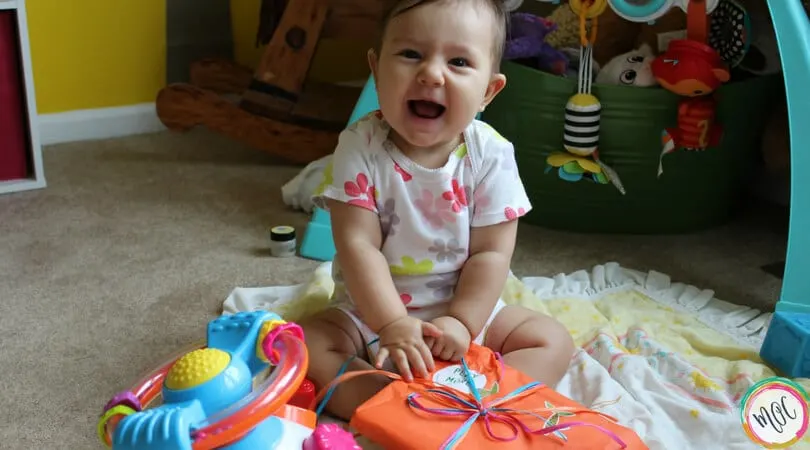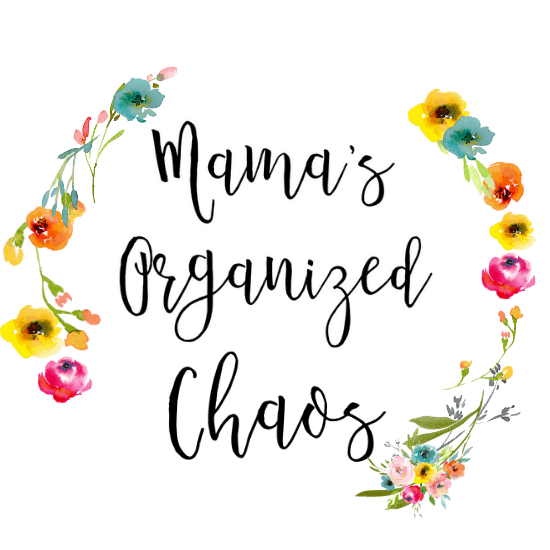Routines are so important in our baby’s lives. Here, I’ll be discussing the benefits and types of routines that you can implement with your baby to start seeing some positive results!

If you’ve read this blog, you know that I am a huge advocate of using schedules with babies. I have written posts on the benefits of scheduling, and talked about how to identify when it is time to adjust the schedule, and how to go about adjusting the schedule, once you realize it’s time.
The basic premise of these schedules is based on Babywise techniques, and the idea is that at each age, there is an optimal amount of time for babies to be awake.
The average time that a baby can handle staying awake without being overtired, can be applied to all babies and can really help with a baby’s temperament, ability to sleep well, and engagement when awake.
Making a schedule isn’t easy, however. It isn’t as simple as reading the Babywise book, or looking at my sample schedules, and then applying the schedule to your life. Schedules need to be optimized for each individual. This takes a lot of time and effort, and can be overwhelming.
I’ve seen a lot of moms that are drawn to the idea of scheduling, but putting it into practice causes them a lot of stress. Schedules are not for every mom, and that is ok!
Maybe it causes you too much stress when the schedule isn’t adhered to perfectly. Maybe you have several children and managing their schedules is simply too much and too confusing.
Regardless of the reason, you can still use some of the ideas of Babywise in your life and benefit from it! It is so important to take what works for you, and leave the rest. Babywise is no different.
So, what should you use from the Babywise book, if you aren’t going to use schedules? Routines! Routines are very different from schedules, and have their own amazing benefits!
What are Schedules?
A schedule refers to the timing of your day: when you feed your baby, when your baby naps, when your baby goes to bed, etc. It is all about WHEN.
What are Routines?
A routine refers to how you do things: how you put your baby to sleep for bedtime, how you put them down for naps, etc. It is all about HOW.
For a more detailed look at how schedules and routines differ, please read Schedules Vs. Routine- There is a difference.
There are 3 types of routines that can make a huge difference in your days and nights:
1. Eat, Wake, Sleep –
This simple routine can help your baby learn to have good sleeping habits, and it also provides a basic structure throughout the day. It’s as simple as it sounds: eat first, then have awake time, then sleep. Having this structure ensures that your baby doesn’t start to depend on drinking milk in order to fall asleep. It also helps them know what to expect throughout their day.
2. Sleep Routines–
Nap and bedtime routines are so beneficial! You can choose something simple, and if you always follow the same routine, your baby will learn that it is about to be time for sleep. They will be mentally preparing for sleep as you go through the routine, and the cues of the routine will allow them to accept the idea of sleep. As a result, they will be more likely to fall asleep and not fight it.
3. Activity Routines–
These are basic routines that you follow during the awake portion of your day. These routines obviously change depending on the age of your child. There are all sorts of different activities that you can incorporate into your day (independent play, table activities, free play, structured play, reading time, focused learning, etc.).
Placement of these activities relative to others can provide routine. If free play always comes after eating (while Mama cleans up), this is a routine. How you go about getting ready for the day can also have routine to it.
Here’s an example of our activity type routines (at 2 years old):
When I wake my toddler in the morning she knows that first we will drink milk (coffee for me) and sit together, then we will get dressed and brush our teeth, then we will go downstairs and make/eat breakfast.
She has free play while I clean up from breakfast. We then move on to the next activity. Depending on the day that might involve running errands, going on a playdate, having independent play (room time), or doing table time activities.
She knows that I will inform her of our plans. After this activity she helps me make lunch, we eat lunch, and she gets a small amount of free play while I clean up. She knows the routine so well, that when I am done cleaning up, she informs me that it is nap time. We then go upstairs and go through our nap time routine.
Benefits of Routines:
(these benefits apply to babies, toddlers, children and adults…although hopefully adults aren’t having tantrums 😉

Routines provide structure throughout the day.
Structure provides your child with clear expectations.
Eventually, these expectations will become normal and unspoken because your child knows them so well.
These routines provide your child with a chance to mentally prepare for the next activity (whether it be a nap, independent play, or time to clean up).
When a child has a heads up like this, they are more likely to comply with your expectations and you will be met with less resistance. Less resistance means experiencing fewer tantrums– and that is something we can all get on board with!
Babywise Friendly Blog Network Day
Topic: Routine
ROUTINES (or how to start off the day on the right side of the bed) by Cole Ramirez
Bedtime Routines- the 4 core parts you need for success by Kimberly Cartwright
The Key Element to Starting a Routine by Valerie Plowman
Incorporating Mommy’s Needs in the Daily Family Routine by Emily Parker
